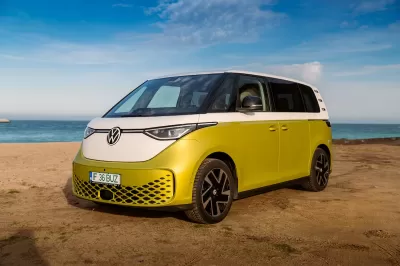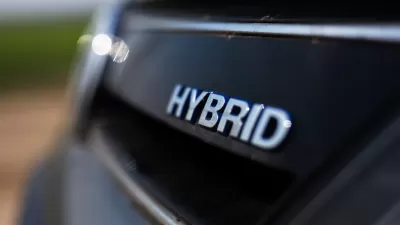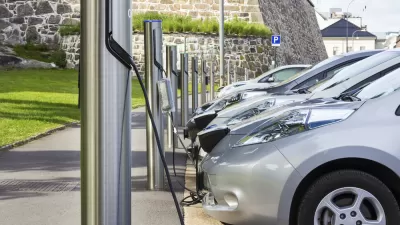Volkswagen’s ID. Buzz reimagines its iconic Bus as a fully electric minivan, blending retro design with modern technology, a 231-mile range, and practical versatility to offer a stylish yet functional EV for the future.

Volkswagen has reimagined its Type 2 “Bus” for the modern era with the fully electric ID. Buzz, blending retro charm with cutting-edge technology. This EV pays homage to the counterculture icon of the 1960s, which has since appeared in countless films and TV shows, cementing its place in pop culture. While the ID. Buzz embraces nostalgia, it is also a bold step toward Volkswagen’s electric future, featuring playful design elements like classic looped entry straps and whimsical brake and accelerator pedal symbols inspired by video controls.
Beyond its nostalgic appeal, the ID. Buzz offers an EPA-rated 231-mile range, dual-motor all-wheel drive, and a price tag of $71,545 for the 1st Edition model, with more affordable versions on the way. Its large windows and elevated seating position provide a panoramic driving experience reminiscent of classic VW buses, making it a standout in the EV market. Volkswagen has been praised for introducing a uniquely stylish and functional electric vehicle that blends practicality with personality.
Despite its vintage aesthetic, the ID. Buzz is, at its core, a minivan—albeit a stylish and unconventional one. While minivans have long been considered practical but uncool, this electric VW might just change that perception, making it the most sought-after vehicle in school drop-off lanes and soccer field parking lots. Although its second-row seats aren’t removable like traditional minivans, the ID. Buzz’s combination of versatility, electric efficiency, and nostalgic charm ensures it will remain a compelling choice long after the novelty wears off.
FULL STORY: Volkswagen's new ID. Buzz turns iconic car into electric vehicle

Manufactured Crisis: Losing the Nation’s Largest Source of Unsubsidized Affordable Housing
Manufactured housing communities have long been an affordable housing option for millions of people living in the U.S., but that affordability is disappearing rapidly. How did we get here?

Americans May Be Stuck — But Why?
Americans are moving a lot less than they once did, and that is a problem. While Yoni Applebaum, in his highly-publicized article Stuck, gets the reasons badly wrong, it's still important to ask: why are we moving so much less than before?

Using Old Oil and Gas Wells for Green Energy Storage
Penn State researchers have found that repurposing abandoned oil and gas wells for geothermal-assisted compressed-air energy storage can boost efficiency, reduce environmental risks, and support clean energy and job transitions.

Updating LA’s Tree Rules Could Bring More Shade to Underserved Neighborhoods
A new USC study finds that relaxing Los Angeles’ outdated tree planting guidelines could significantly expand urban tree canopy and reduce shade disparities in lower-income neighborhoods, though infrastructure investments are also needed.

California's Canal Solar Projects Aim to Conserve Resources and Expand Clean Energy
California’s Project Nexus has begun generating electricity from solar panels installed over irrigation canals, with researchers and state agencies exploring statewide expansion to conserve water and boost clean energy production.

HHS Staff Cuts Gut Energy Assistance Program
The full staff of a federal program that distributes heating and cooling assistance for low-income families was laid off, jeopardizing the program’s operations.
Urban Design for Planners 1: Software Tools
This six-course series explores essential urban design concepts using open source software and equips planners with the tools they need to participate fully in the urban design process.
Planning for Universal Design
Learn the tools for implementing Universal Design in planning regulations.
Heyer Gruel & Associates PA
City of Moreno Valley
Institute for Housing and Urban Development Studies (IHS)
City of Grandview
Harvard GSD Executive Education
Salt Lake City
NYU Wagner Graduate School of Public Service
City of Cambridge, Maryland





























